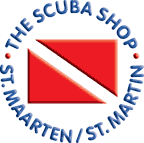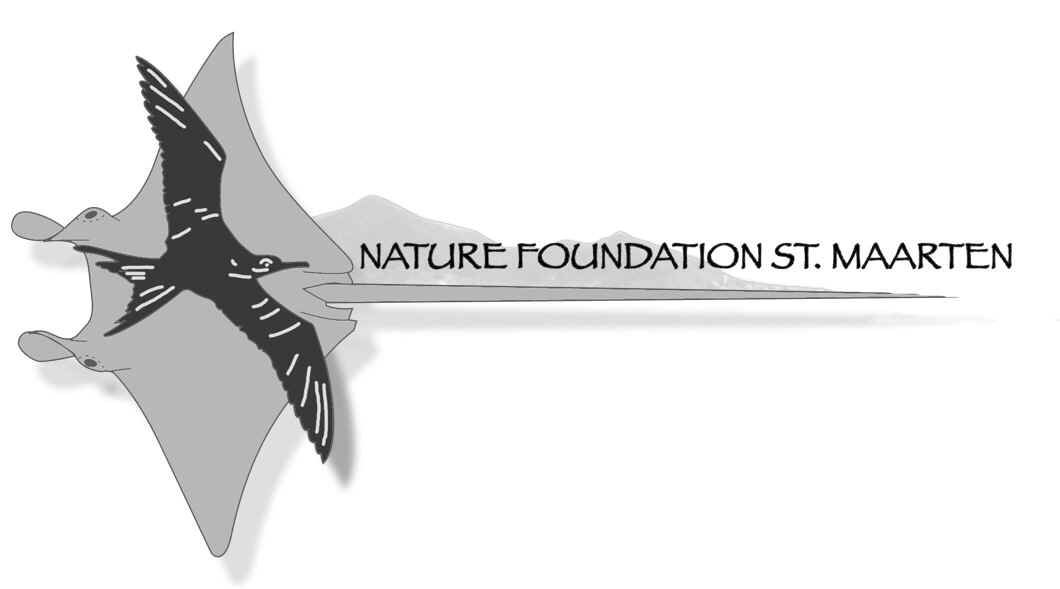
THE SCUBA SHOP |
|
|
 April 6th,
2000
April 6th,
2000GLOBAL AND LOCAL SEAGRASSES THREATENED
It is difficult to emphasize how important seagrasses are to the marine environment. Although seagrasses are not as attractive as other marine organisms, it is the backbone of the food chain or cycle. Much of the little critters that you see on a coral reef, are initially found in the seagrass beds. Many of the coral reef fish, from Angelfish to Barracudas are first bred around the shallower parts of the seagrass beds where they get protection. They get protection not only from the elements of nature such as storms, strong surges, and an occasional hurricane, but also from larger predators at sea. Usually the juvenile fish that live around the seagrass beds get protection from larger predatory fish that are looking for an easy meal. The juvenile fish can hide in between the seagrasses and other shelters, where they grow in time to meet up with the larger fish in the coral reefs.
On Sint Maarten we do have some patches of seagrasses still left in the Dutch Side. Much of the seagrass beds that were present 20 years ago, have been lost due to pollution, hurricanes, and development. But some areas (around Simpson Bay) are still plentiful and house many species of fishes, and vertebrates, including turtles, sea stars, crabs, conch, and other smaller fish. Unfortunately, man has always been the catalyzer that sets off much of the pollution and over-development. However, a balance can be found between too much pollution and over-development, and a sustainable plan to protect these seagrass beds can be formed so we can enjoy them for many generations to come.
One must not forget that not only do seagrass beds act as breeding grounds for marine life, they also protect our precious sand from too much land erosion. Seagrass beds are the "anchor points for sand". If these beds are not there, sand will begin to shift and can be lost or even worse, can be moved to areas where too much sand will stifle any marine life. Without seagrass beds, a large hurricane can move the unprotected sand to other places, either filling a beach with too much sand, or leaving it bare.
Although seagrass beds are not very pretty too look at, one must no forget the importance of such an ecosystem. Anchoring of boats can do lots of damage to a seagrass bed, therefor it would be wise to reduce anchoring in and around seagrass areas.
Andy Caballero, Nature Foundation SXM, Marine Park of Sint MaartenSint
Maarten Nature Foundation |
MORE INFORMATION |
The Sint
Maarten Nature Foundation & Marine Park
The Marine Park | The Nature Foundation | Park Zoning
Sectie Milieu en Natuur Departement van
Volksgezondheid en Milieuhygiene
(Official Site of The St. Maarten Nature Foundation - English / Dutch)
MARINE PARK ARTICLES and UPDATES |
Rescuing a
Green Sea Turtle - June 22, 2000
On June 21st, 2000 on a weekly patrol, the staff of the Marine Park
(Nature Foundation of Sint Maarten) encountered a Green Turtle (Chelonia mydas) floating
on a large tar/oil spill close to Proselyte Reef........
Update to:
Rescuing a Green Sea Turtle - July 20, 2000
I just wanted to let you
know.... rescued Green turtle sited....
Global
and Local Seagrasses Threatened - April 6, 2000
It is difficult to emphasize how important seagrasses are to the marine
environment.......
Reef Monitor
Update